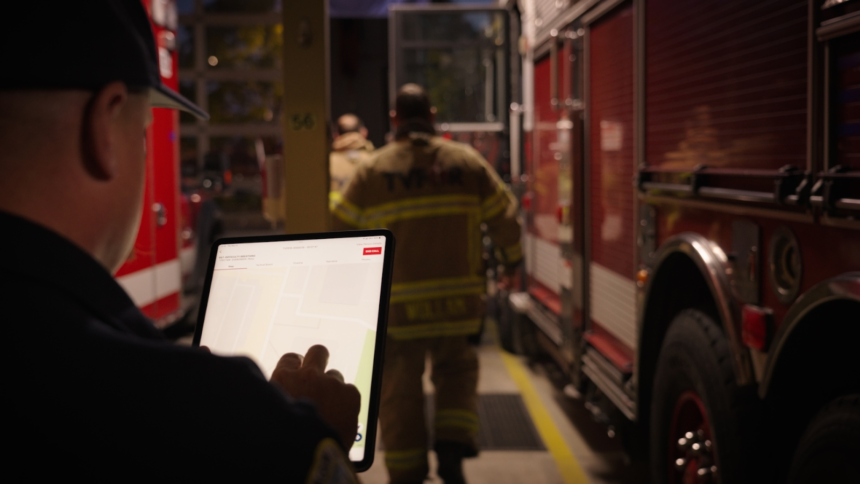Documenting fire incidents accurately and quickly is crucial for safety, legal compliance, and improving future response efforts. Traditionally, fire incident reports were written by hand or typed manually, which often led to delays, errors, and incomplete information. Today, fire reporting software offers a powerful solution that simplifies the entire documentation process and makes it more efficient and reliable.
Understanding Fire Incident Documentation
Fire incident documentation involves recording details about the fire event, such as the time it started, the location, the response actions taken, damages, injuries, and other relevant information. This documentation is vital for fire departments, insurance companies, government agencies, and property owners. It helps assess what happened, evaluate the response, and plan for improvements.
Manual documentation, however, can be time-consuming and prone to mistakes. Firefighters and officers often have to fill out lengthy forms after a stressful event, which increases the risk of forgetting important details or entering incorrect data.
What is Fire Reporting Software?
Fire reporting software is a specialized digital tool designed to help fire departments and related organizations record fire incidents quickly and accurately. This software allows users to enter data using easy-to-use digital forms and templates that guide them through the reporting process.
The software is usually accessible on various devices such as computers, tablets, or smartphones, allowing responders to document incidents immediately, even while still at the scene or shortly after.
How Fire Reporting Software Simplifies Documentation
One of the biggest advantages of fire reporting software is how it reduces the paperwork burden and improves accuracy. Instead of dealing with stacks of paper forms or complicated spreadsheets, firefighters can fill in digital reports with simple clicks or taps. The software often includes features like drop-down menus, checkboxes, and auto-fill options that save time and ensure consistent information.
Since the software can store data centrally, it automatically organizes reports and keeps them easy to access for future reference. This reduces the risk of lost or misplaced paperwork and helps departments maintain clear records.
Moreover, many fire reporting software programs include built-in validation rules that check for missing or incorrect information before submitting a report. This feature helps catch mistakes early, ensuring the final report is complete and reliable.
Benefits Beyond Simplified Reporting
Using fire reporting software not only simplifies documentation but also enhances communication and collaboration. Fire departments can share incident reports easily with other teams, supervisors, or external agencies. This improves coordination during investigations, insurance claims, or safety reviews.
The software also helps departments analyze data over time. By collecting detailed records from multiple incidents, it becomes possible to identify patterns, such as common causes of fires or frequent problem areas. This insight can lead to better training, prevention measures, and response strategies.
Additionally, digital fire reporting often supports faster report generation. Instead of spending hours typing or compiling data, departments can produce ready-to-use reports within minutes, which saves valuable time for other important tasks.
Conclusion
In summary, fire reporting software plays an important role in modern fire incident documentation by making the process faster, easier, and more accurate. It reduces paperwork, minimizes errors, and improves record keeping, which benefits firefighters, management, and other stakeholders alike. By adopting this technology, fire departments can focus more on protecting communities and less on administrative tasks, ultimately enhancing overall fire safety and response effectiveness.







